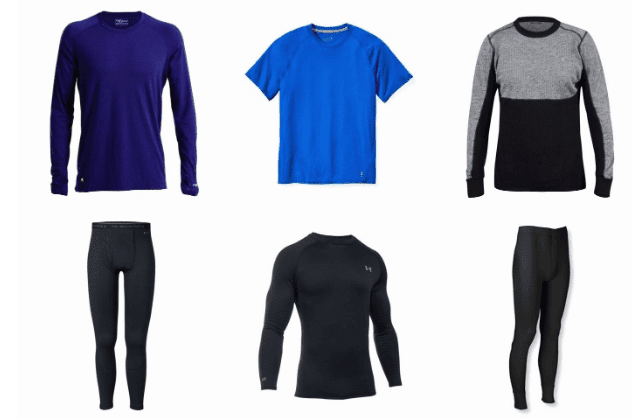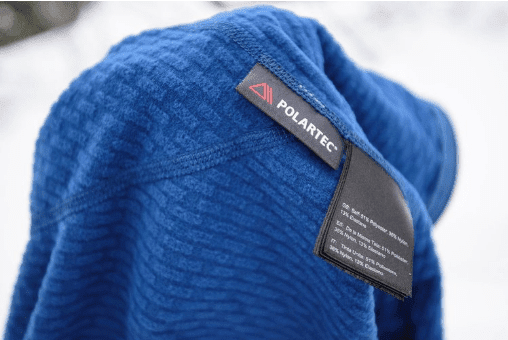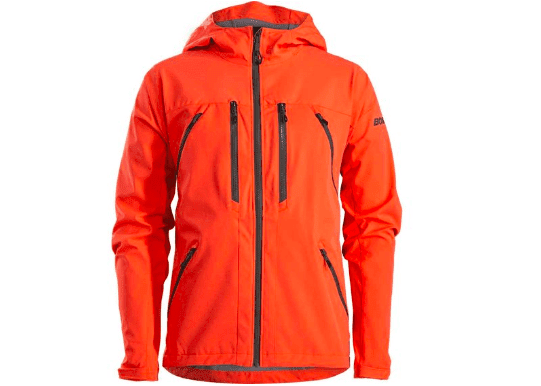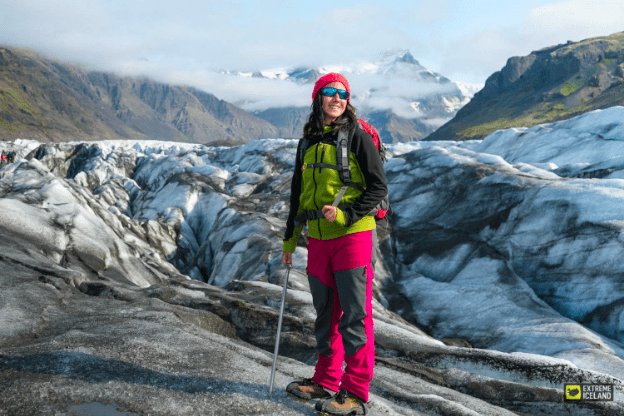Photo credit: Extremeiceland
When you plan for camping or hiking, the first thing that comes to mind is the cold weather and beautiful landscapes. To enjoy the activities like hiking and trekking, you need to protect yourself from the cold and harsh climate in the mountains.
Layering is an ancient art of wearing clothes in multiple layers to keep the body warm and protect it from external conditions. It is a time-tested and proven technique for protection from cold weather conditions on the slopes. This post shares the best methods for layering for hiking or camping or high altitudes.
Layers
There are three layers of clothing that you need to wear for hiking. The base layer, middle layer, and the outer layer. The base layer is the innerwear layer whose function is to wick away the sweat from your body.
The middle layer is the insulating layer that retains the body heat and protects you from cold. The function of the outer layer is to protect you from the external cold and elements like wind and rain. Even if you think that you will not need the three layers, it is better to carry all the layers of clothing as the weather changes suddenly on the slopes.

Photo credit: Artsmobile
Base layer
The main function of the base layer is to wick the sweat away from your body. You need a long underwear style base layer to keep your skin dry in the cold weather. It saves your body from being hypothermic. The base layers are different for cold and warm climates.
A long underwear may not be comfortable while hiking, but keeping your skin dry will help you retain your body temperature in all conditions. Some base layers are designed for warm weather that spreads the moisture throughout the fabric. The sweat evaporates through the fabric and keeps the body cool. The underwears like boxers, briefs and bras can also be used, but their fabric should be sweat wicking.
Base layer for upper body
The base layer options for the upper body include wool, silk and polyester fabrics. A long sleeve warm shirt is fine, but it should be light and breathable. A polyester shirt is good for warm weather, while a woolen sweatshirt is better for chilled conditions.
Base layer for lower body
Nylon or polyester shorts are better than pants if the weather is not cold. However, in chilled weather, you will need warm woolen innerwear. Some people feel awkward to walk in the full pants, and they prefer boxers or shorts as the base layer for the lower body.
Avoid wearing base layers made of cotton as it sticks to the skin when wet and takes a long time to dry. Never use a cotton based base layer in winters, as it may not retain the moisture and chill your body. Instead use merino wool, silk, polyester or polypropylene.
Middle layer for insulation

Photo credit: Swtichback Travel
The middle layer is the insulation layer that retains the heat of your body and protects it from escaping. It traps the dead air space to keep your body warm. It traps the warm air and keeps the cool air outside. The more efficiently the middle layer traps the heat, the warmer your body will be.
Middle layer for upper body
There are a variety of fabrics that you can use for the middle layer like wool and polyester fleece. The polyester fleece stays warm even when damp and dries quickly. You can wear a down insulated jacket that is easy to pack and offers more warmth than other materials.
If you plan to go hiking in the locations that are prone to rainfall, you should wear a synthetic middle layer. The synthetic materials are better insulators even when damp. The synthetic insulated jackets always come in a shell material that provides added protection from wind and rain.
Middle layer for lower body
Unless the temperature on the hiking location is below the freezing point, a pair of thermal underwear and waterproof pants would be enough to keep your legs warm. If the temperature of the location is below zero, you must carry down pants to protect your legs from the chilled winds.
Outer layer

Photo credit: Scene 7
The outer layer is your first line of defense against the winds, rains and other weather conditions. Most of the outer layer fabrics are made water repellant to repel away from the water. The outer layer must be completely insulated because even a little wind or water if allowed to penetrate to the inner layers can make you chill with cold.
The outer layer is made of waterproof or water resistant material that dries quickly. The material is durable and can be breathable or non-breathable.
Outer layer for upper body
The garments for the upper body should be lightweight, breathable and water resistant. They should offer the best protection from chilled winds and rain. If the weather is good, a water-resistant soft shell and a rain jacket will do the job.
If there are chances of rain, you should get a hardshell or light rain jacket and waterproof pants in your backpack. The brands like Gore-tex, MRE, and NGX are durable, waterproof and windproof outer layer solutions for hiking.
Make sure that the outer layer is soft, comfortable to wear and easy to pack. Also, you should be able to make movements like bending and twisting easily while wearing the outer layer jacket.
Outer layer for lower body
If the conditions are dry and cold, a pair of featherweight wind pants will do the job. However, if there are chances of rain, (as usual in the mountains), you will need to wear slightly heavier waterproof pants.
Final Words
Layering is essential while going hiking in hot or chilled weather conditions. You need to pack sufficient clothing for all the three layers to protect yourself from the harsh weather. The sweat-wicking base layer, a warm insulating layer, and a windproof, water-resistant outer layer are the freeze dried food or camping on the mountains.











